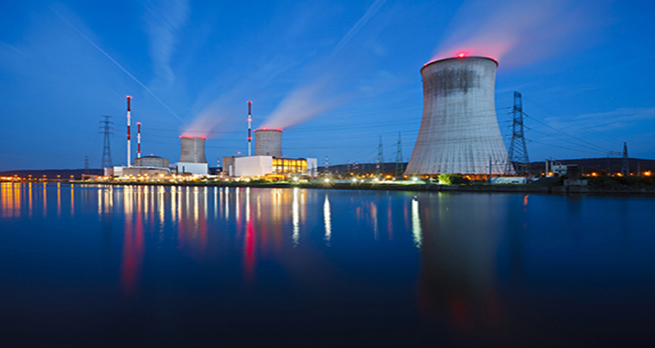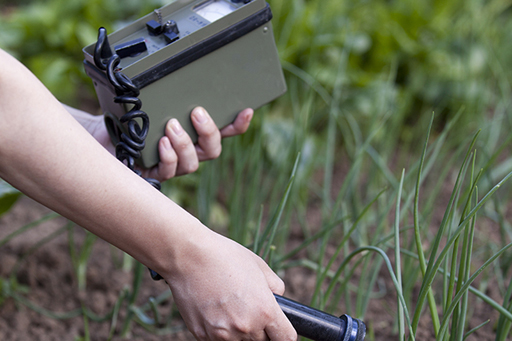3.2.7 Fukushima – six months later
The text below is from the New Scientist and describes the situation in Fukushima six months after the incident.
The fallout from the radiation leak at the Fukushima Daiichi nuclear reactor in Japan may be less severe than predicted.
Radiology researcher Ikuo Kashiwakura of Hirosaki University, Japan, and colleagues responded immediately to the disaster, travelling south to Fukushima prefecture to measure radiation levels in more than 5000 people there between 15 March and 20 June.
They found just 10 people with unusually high levels of radiation, but those levels were still below the threshold at which acute radiation syndrome sets in and destroys the gastrointestinal tract. Geiger-counter readings categorised all others in the area at a ‘no contamination level’.
How did the population of Fukushima prefecture dodge the radioactivity? Gerry Thomas at Imperial College London, director of the Chernobyl Tissue Bank, says the answer is simple. ‘Not an awful lot [of radioactive material] got out of the plant – it was not Chernobyl.’ The Chernobyl nuclear disaster released 10 times as much radiation as Fukushima Daiichi.
Rapid response
Thomas says the quick and thorough response by the Japanese government limited radioactive exposure among the population. On 12 March, the same day as the first explosion at Fukushima Daiichi, the government ordered the evacuation of residents within 20 kilometres, and asked various institutions to begin monitoring contamination levels.
‘They had no faxes, no emails, nothing was working,’ says Thomas, adding that other countries might not have coped as well with a combined earthquake, tsunami and nuclear plant malfunction. ‘Given the circumstances, they did phenomenally.’
The Japanese authorities also removed contaminated food and gave iodine to those who were very young, she says. Radioactive iodine can contaminate the thyroid gland in the body, leading to radiation-induced cancer, but can be counteracted by introducing non-radioactive iodine into the body.
Health researchers will have to keep an eye on radiation levels, however. ‘There are many “hotspot” areas where radioactivity has accumulated locally,’ says Kashiwakura. This is because rainfall deposited radioactivity unevenly. ‘The Japanese people have a responsibility to continue research on the effect of radioactivity in humans.’
Next, you’ll move on to finding out how the situation developed in Fukushima and how it compares to Chernobyl.

